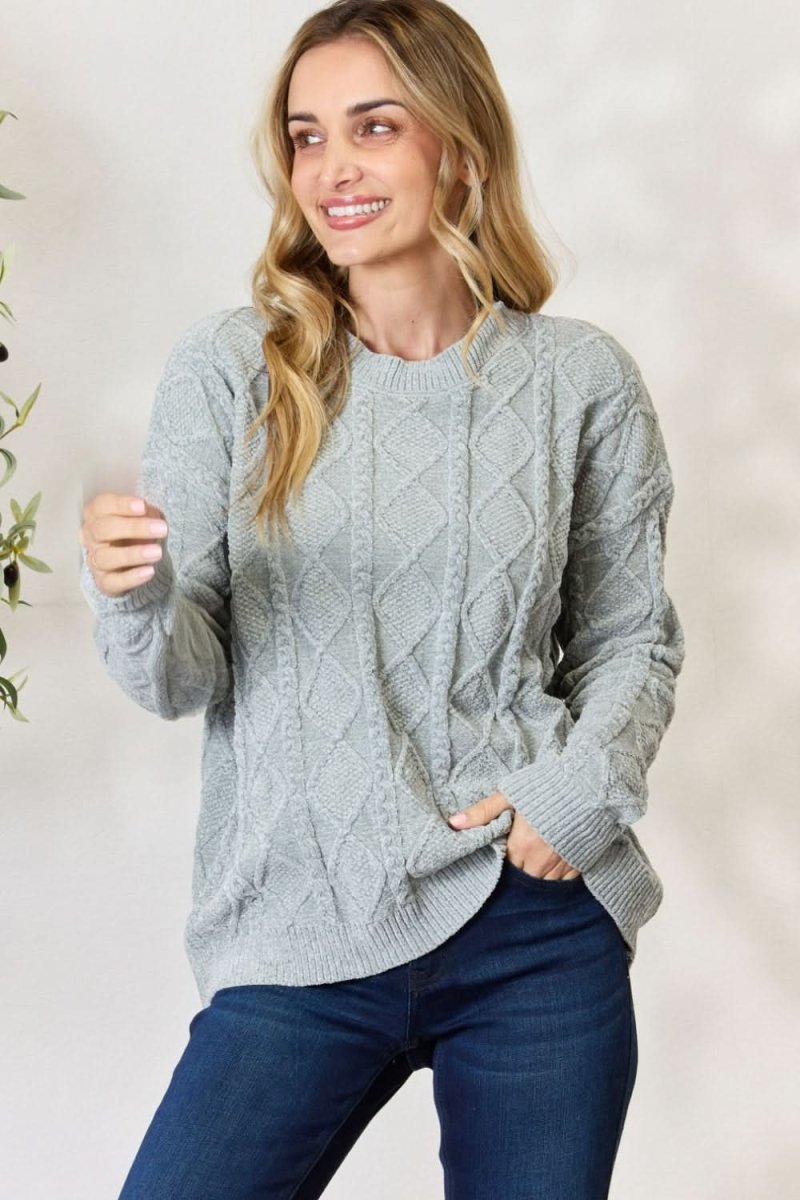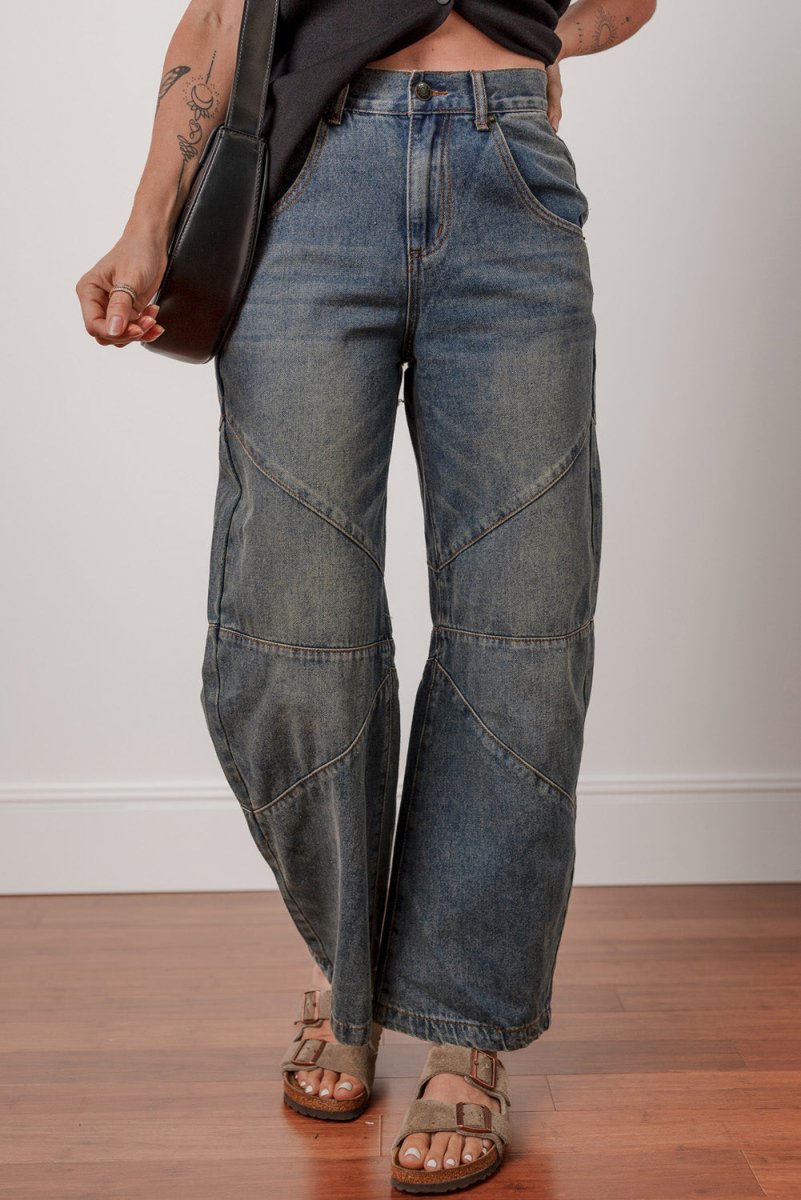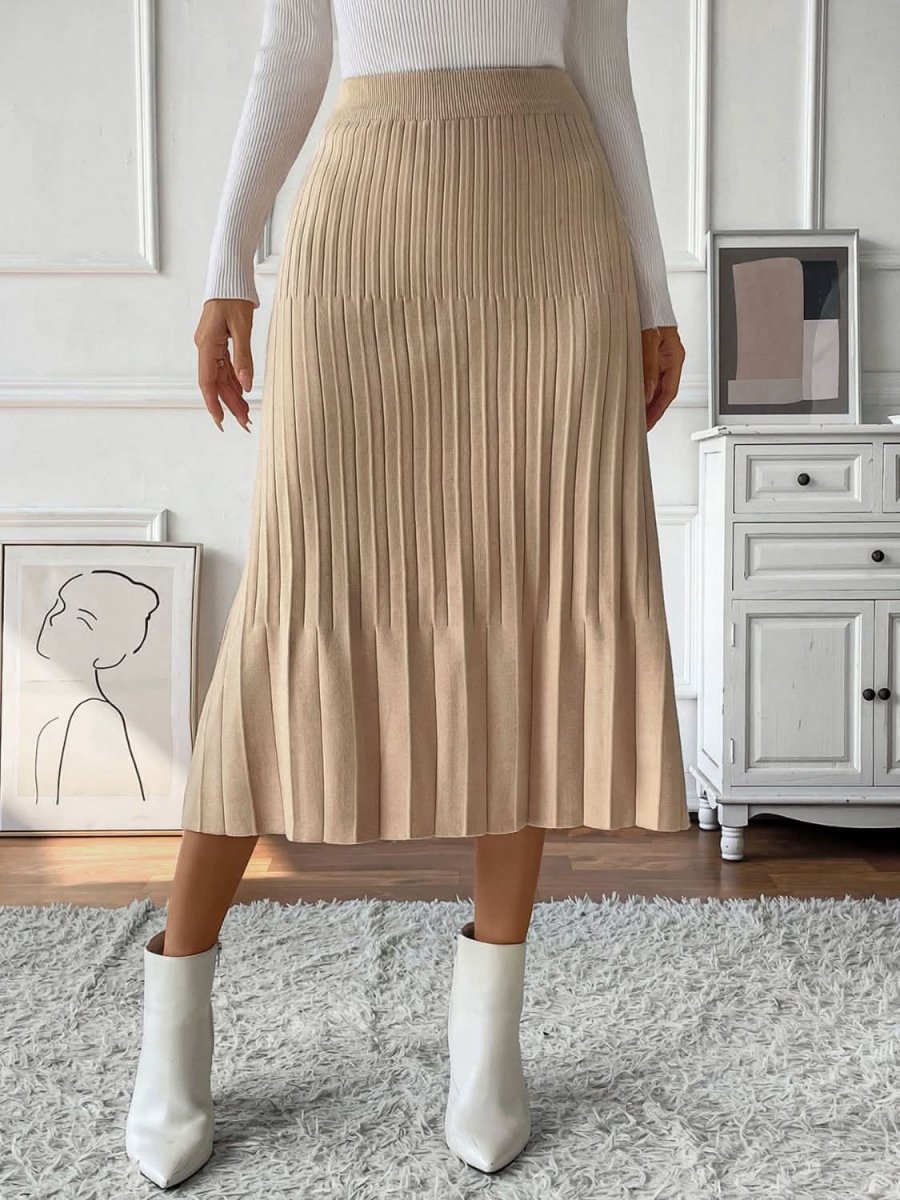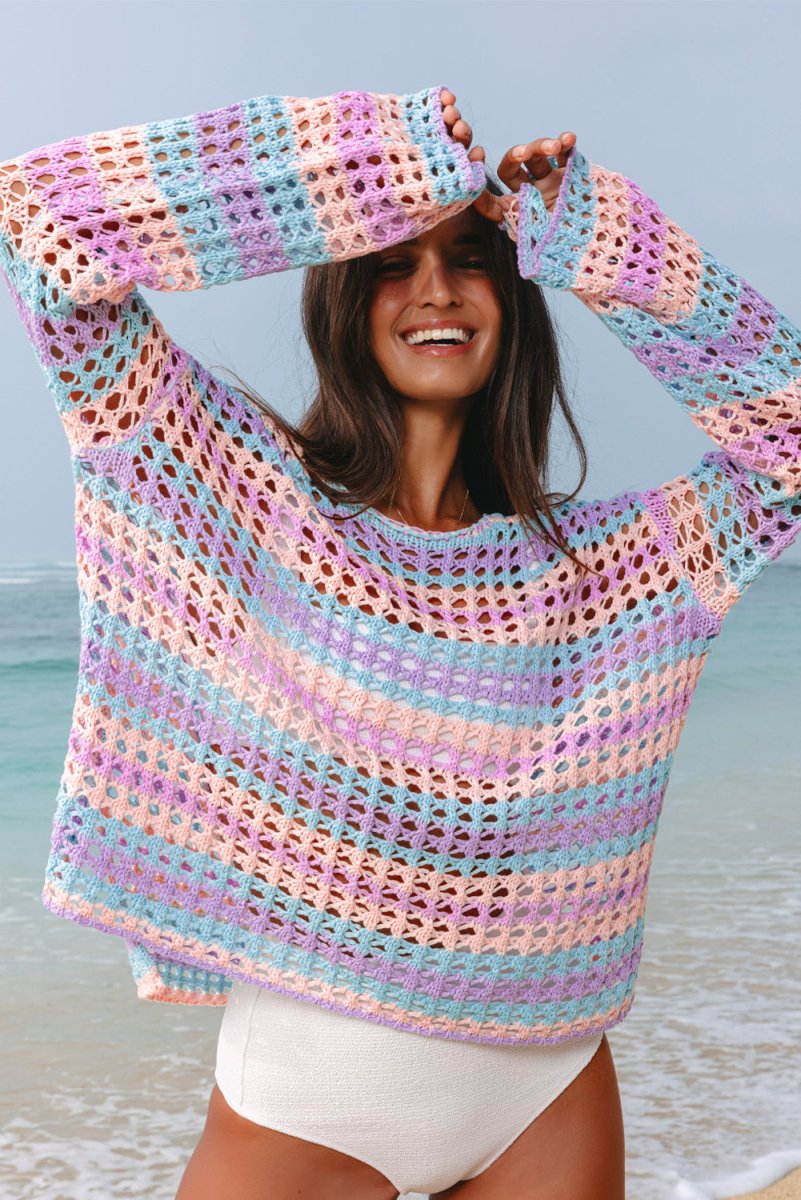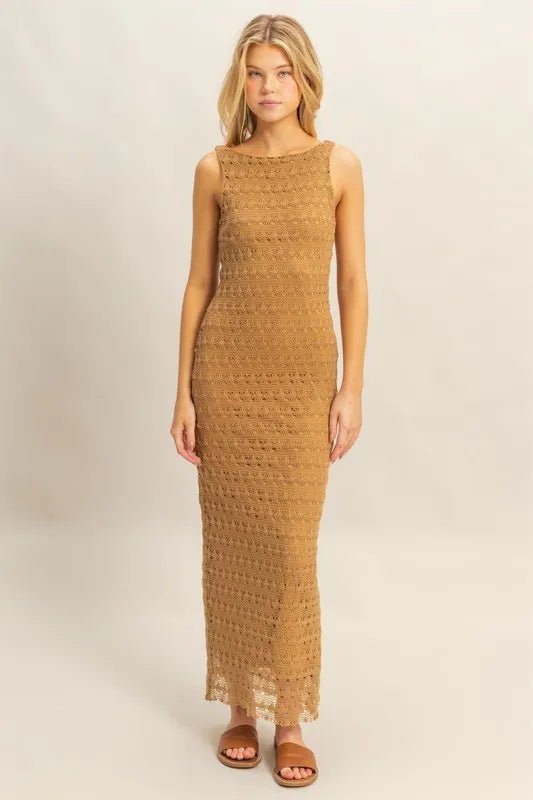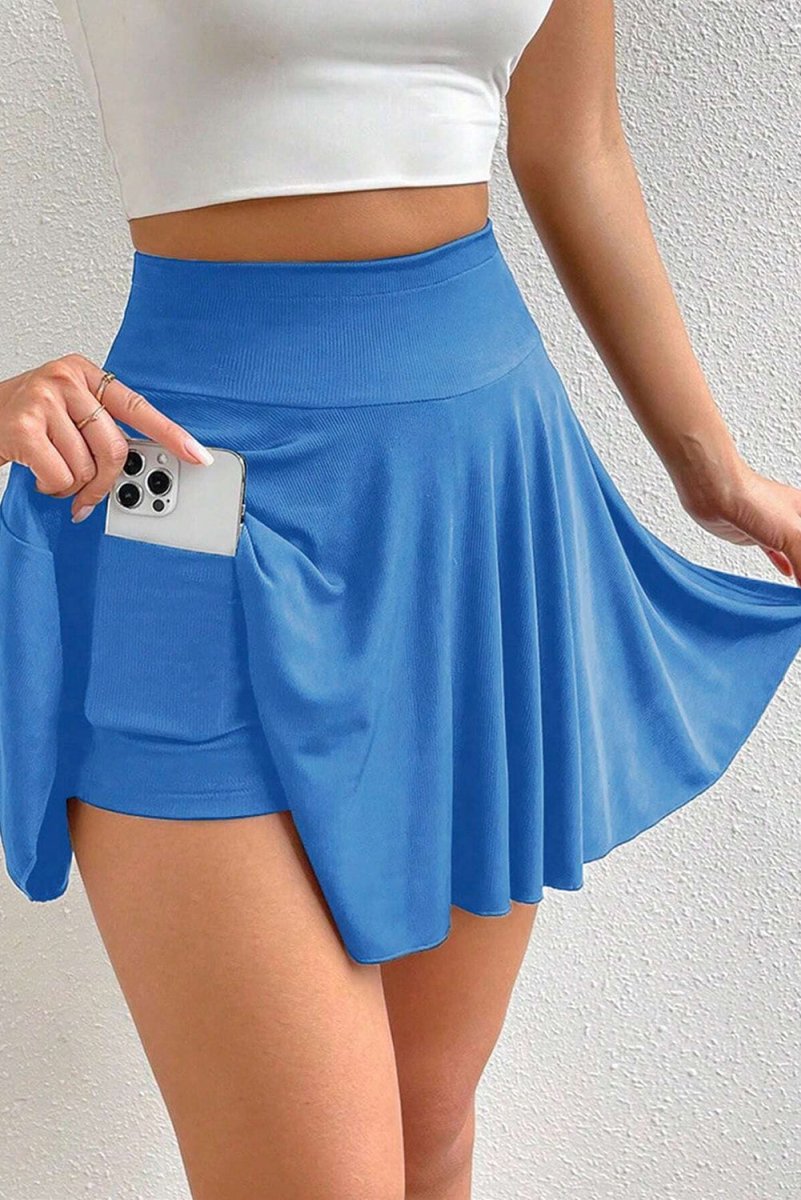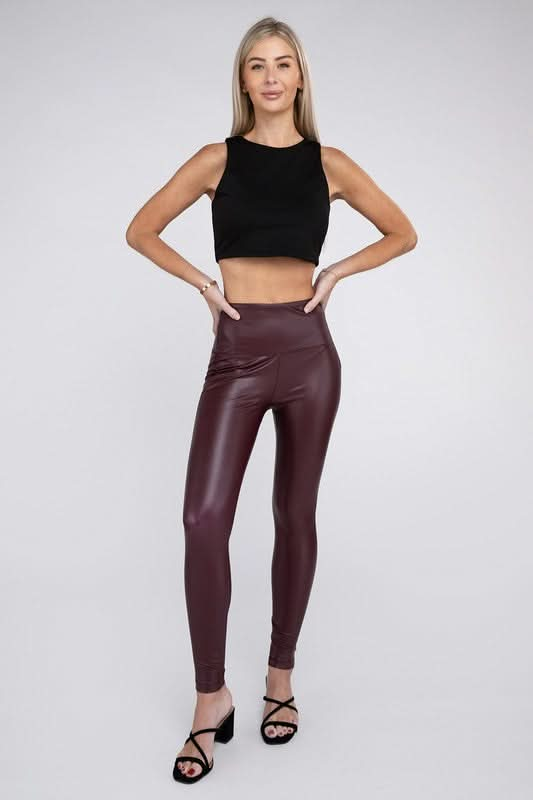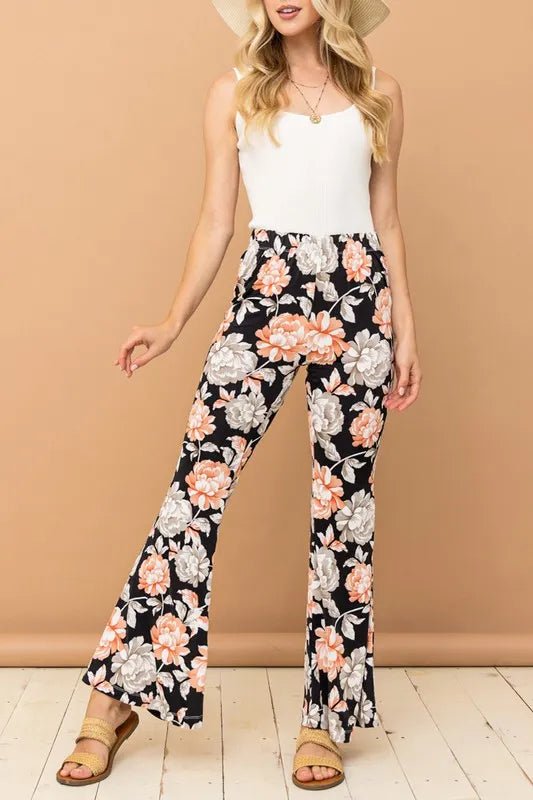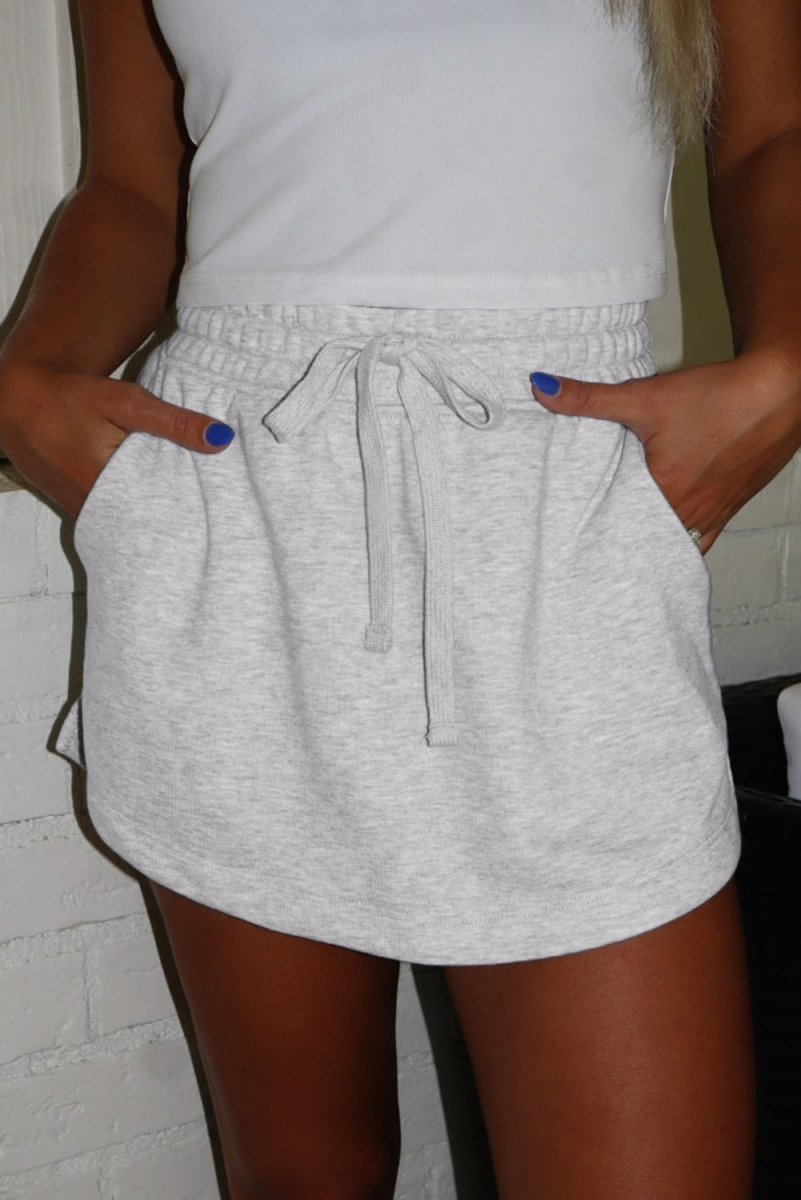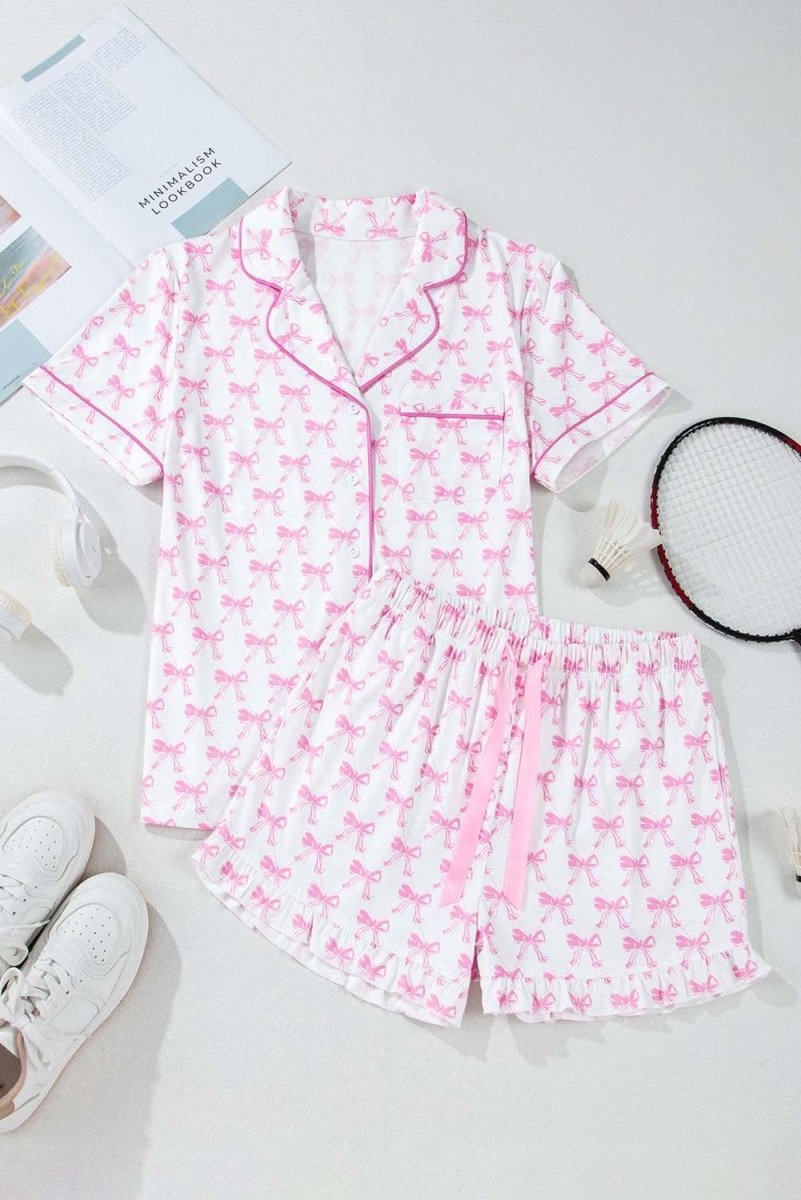Introduction: The Value of a Seasonal Reset for Your Flying Tomato Capsule
Keeping a plus‑size sustainable capsule wardrobe from Flying Tomato feeling fresh, flattering and functional across seasons takes more than occasional laundry and impulse buying. A deliberate seasonal reset—auditing, cleaning, repairing, rotating, storing and creatively refreshing what you already own—extends garment life, reduces waste, and saves money. It also makes daily dressing faster and more joyful by keeping a curated, cohesive selection at hand.
In this expanded guide for 2025, you will find a step‑by‑step seasonal reset system built for plus‑size proportions and sustainable values. Expect detailed timelines, fabric and care deep dives, DIY and low‑cost refresh ideas, outfit formulas, maintenance calendars, and practical ways to measure impact so your wardrobe choices align with both style and conscience.
Quick SEO Snapshot: What You Will Learn
- How to audit and decide what truly belongs in your Flying Tomato capsule
- Best cleaning and mending practices for common plus‑size fabrics
- A rotation schedule to distribute wear evenly and avoid overuse
- Storage methods that preserve shape and fibers long term
- Multiple refresh options that don’t require buying new pieces
- Concrete outfit formulas for flattering plus‑size styling
- Tools and habits to maintain your capsule through seasons and years
1. Before You Start: Mindset, Time, and Supplies
A successful seasonal reset combines objective curation with creativity. Set aside a focused block of time and gather tools so decisions are easy and fixes are fast.
- Time block: 2–4 hours for a full closet reset; 30–60 minutes for mini seasonal adjustments.
- Mindset: Aim for durable utility over trend chasing. Prioritize pieces that fit, flatter and connect visually with at least two other items.
- Essential supplies: gentle detergent, stain remover, sewing kit with needles and various thread colors, spare buttons, iron/steamer, fabric shaver, measuring tape, linen bag or breathable storage boxes, cedar or lavender sachets, acid‑free tissue paper, labels and a phone for photos.
- Optional supplies: fabric dye set (fiber‑appropriate), fusible hem tape, tailor's chalk, tiny fabric glue for trims, scrap fabric for patches, and a small clothes steamer.
2. Audit Method: Quick, Compassionate, and Strategic
The audit phase determines the shape of your capsule. Use these criteria to keep focused and reduce decision fatigue.
- Try everything on. This is non‑negotiable for plus‑size wardrobes where proportions and fit can change how the piece performs.
- Photograph outfits. Take front and side photos in natural light. Photos are less forgiving than memory and show fit and proportion objectively.
- Use the three questions test for each item: When did I last wear this? Do I feel comfortable and confident in this? Does it pair with at least two other capsule items?
- Sort into four piles: Keep (current season), Mend/Alter, Store (off‑season), and Rehome (donate, swap, recycle).
- Be realistic with sentimental items—store those you truly treasure but free space by rehoming pieces that only cause wardrobe stress.
3. Deep Clean and Stain Care: Fabric‑Smart Approaches
Proper cleaning preserves color, shape and fiber strength. For plus‑size garments with varied fabrics and construction, readability of care labels is crucial.
- Always check care labels first. If a piece says dry clean only, consider a professional service for complex fibers or heavy embellishment.
- Pre‑treat stains quickly. Use a small amount of gentle detergent or enzyme spray and lift—do not rub aggressively, which can damage fibers.
- Hand wash delicate fabrics and knitwear. Use cool water, mild detergent, and gentle agitation. Rinse thoroughly and press out excess water with a towel; do not wring knits.
- Wash similar fibers together. Separate delicates, cottons, linens, synthetics and denim to prevent abrasion and color transfer.
- Restore shape after washing. Reshape wet pieces like sweaters while damp and lay flat to dry. For dresses and blouses, hang on supportive hangers or pads to avoid shoulder distortion.
- Deodorize without harsh chemicals. For slight odors, hang garments outside on a shaded line or use a fabric refresher with natural ingredients. For mildew or persistent smells, a soak in diluted white vinegar followed by a rinse can help.
4. Mending and Tailoring: Invest in What You Wear Most
A small time or monetary investment in mending and tailoring dramatically extends wearable life and elevates look. Prioritize pieces you reach for frequently and those that are unique to your style.
- Small repairs first: Replace missing buttons, reinforce hems, fix loose seams. These quick fixes can often be done at home in 10–30 minutes.
- Tailoring transforms fit: For plus‑size bodies, modest tailored changes like taking in a side seam, shortening sleeves, or adjusting a waist can change a garment’s relationship to your body and outfit potential.
- When to use a pro: Complex alterations like resizing a bodice, major pattern adjustments, or reworking linings are best left to a skilled tailor familiar with plus‑size fits.
- Mend creatively: Add a pocket, decorative patch, contrast stitching or trim to make a repaired garment feel intentional rather than patched up.
5. Rotate Like a Pro: Scheduling, Outfit Cards, and Wear Distribution
Rotation prevents over‑use of favorites, mitigates fabric fatigue and keeps looks fresh. Create routines and simple systems to rotate pieces frequently but intentionally.
- Two‑zone rule: Keep current season pieces in your main wardrobe area and move off‑season items to breathable storage.
- Rotation schedule: Within a season, rotate core staples every 4–8 weeks to distribute wear. Off‑season items should be laundered and stored promptly to avoid moth and odor problems.
- Outfit cards: Build a digital folder labeled Outfits with 12–18 photographed outfits showing head‑to‑toe looks including shoes and accessories. Use these as quick decision shortcuts on busy days.
- Wear tracker: Keep a simple spreadsheet or checklist of high‑use items so you can spot overuse and rotate to maintain lifespan.
6. Storage Practices That Preserve Shape, Color and Fabric
How you store garments between seasons can be the difference between an item remaining in great condition and becoming worn, misshapen or infested.
- Breathable is best: Use cotton garment bags, canvas boxes, or breathable fabric bins. If you must use plastic bins, leave lids slightly ajar or drill small holes for ventilation and check them periodically.
- Fold knits, hang structured garments: Heavy sweaters should be folded to avoid shoulder stretching. Blazers, dresses and structured tops benefit from wide, supportive hangers to maintain silhouette.
- Use acid‑free tissue to prevent creases and conserve finish on delicate fabrics and embellished pieces.
- Moth prevention without toxins: Cedar blocks, lavender sachets or neem oil‑infused cloth are safer alternatives to mothballs. Refresh natural repellents every 6–12 months and avoid direct contact with garments by placing sachets in boxes or breathable bags.
- Temperature and humidity control: Store in a cool, dry place. Avoid attics or damp basements. High humidity encourages mildew and insect activity.
- Label everything: Mark storage bins by season and category to avoid autumnal digging sessions and reduce handling damage.
7. Refresh Techniques That Don’t Involve Buying New
Refreshing your capsule can be creative and cost‑effective. These techniques let you change the look and feel of pieces without adding new garments to your closet.
- Tailor for new silhouettes: Shorten a dress into a tunic, add a slit or change a neckline. Small alterations can change how a piece layers and how often you reach for it.
- Dye and recolor: Use fiber‑appropriate dye to unify faded pieces or shift them into a seasonally appropriate colorway. Darker dyes can restore life to faded denim or linens.
- Swap and borrow: Host a plus‑size swap party or use local swap groups. Swapping keeps variety in your wardrobe without paying full retail prices or contributing to demand for new production.
- Customize with trims and patches: Add piping, lace panels, or decorative buttons to update a dated piece. These are small creative projects with big visual payoff.
- Accessory reframe: Refresh looks with new belt pairings, scarves tied in different ways, or statement jewelry. Accessories are the fastest way to evolve an outfit.
- Mix textures and proportions: Pair soft knits with crisp cotton, or heavy denim with lightweight silks to create contrast that reads new.
8. Season‑Specific Capsule Examples for Plus‑Size Styling
Below are sample capsule building blocks for each season. Tailor colors and prints to your Flying Tomato pieces and your personal palette.
- Spring capsule building blocks
- Lightweight trench or raincoat
- Wrap dress in breathable fabric
- Longline cardigan and t‑shirts for layering
- Mid‑rise cropped trousers and versatile sneakers
- Summer capsule building blocks
- Breathable linen or cotton dresses
- Tank tops and airy tunics for layering
- Lightweight skirt and sandals
- Wide brim hat and UV protective accessories
- Fall capsule building blocks
- Structured blazer and utility jacket
- Denim and heavier trousers
- Chunky knit sweaters and ankle boots
- Scarves and wool blends for layering
- Winter capsule building blocks
- Warm overcoat and insulated parka options
- Thermal layers and fitted turtlenecks
- Wool skirts and lined trousers
- Boots with good traction and stylish proportions
9. Outfit Formulas and Styling Rules for Plus‑Size Proportion
Use these visual rules as starting points. Feel free to adapt according to personal preference and body variation.
- Belt it to define: Add a belt to straight or oversized dresses to create an instant waist and shape.
- Balance volume: Pair a voluminous top with a tapered bottom or a silk blouse with wide trousers and add structure via a blazer.
- Proportional layers: Avoid too many long layers that can add bulk. Mix a long cardigan with a midi skirt and ankle boot for a balanced silhouette.
- V‑shapes elongate: V‑necklines and open jackets create a vertical line that elongates the torso.
- Tuck strategically: Front tucks can visually define the waist without creating discomfort from full tucks.
- Monochrome magic: Tonal dressing minimizes interruption lines and lengthens the body visually.
10. Fabric Care Deep Dive: What to Know About Common Materials
Each fiber responds differently to washing, heat, dyes and storage. This brief guide helps you treat them appropriately.
- Cotton: Strong and breathable, but prone to shrinkage. Cold wash and tumble on low or air‑dry; iron on cotton setting if needed.
- Linen: Breathable and relaxed; wrinkles are part of the look. Wash gently, remove promptly, and fold for storage.
- Wool and wool blends: Dry clean if label says so. For knits, hand wash or use gentle cold cycle and dry flat. Store with moth prevention.
- Denim: Wash infrequently to preserve dye; turn inside out and wash cold. Line dry when possible.
- Synthetics (polyester, rayon blends): Less likely to shrink, but can hold odors. Use warm wash and air dry to avoid static and retain shape.
- Silk and delicate blends: Hand wash or professional cleaning recommended. Store padded and avoid prolonged exposure to sunlight.
11. Low‑Cost and DIY Refresh Projects You Can Do at Home
These projects are accessible and can make a capsule feel varied without large expense.
- Add or remove cuffs and hems: Shorten sleeves, add a cuff for structure, or convert full length to 3/4 for seasonal versatility.
- Create detachable details: Sew a removable collar, patch, or trim that can be added to multiple blouses for variety.
- Dye faded pieces: Use fiber appropriate dye to brighten or change a color. Test a small seam first and follow safety instructions for dyes.
- Patchwork and mending as design: Visible mending with colorful thread or contrast fabric turns repairs into design features.
- Make accessories from scraps: Turn leftover fabric into headbands, belts or small scarves that coordinate with your capsule colors.
12. Where to Find Tailoring, Repair and Resale Services
Supporting local repair and circular economy services extends garment life and keeps money in the community.
- Local tailors and seamstresses: Look for professionals with experience in plus‑size alteration and pattern adjustment to maintain proportions.
- Repair cafes and community sewing co‑ops: Many cities host low‑cost repair events where volunteers help mend or teach skills.
- Consignment and resale: Higher quality Flying Tomato pieces can often be consigned for credit or sale, funding future sustainable choices.
- Mobile repair apps and services: Some platforms connect you with local seamstresses for pick up and delivery repairs, making tailoring accessible.
13. Maintenance Calendar: Small Habits That Add Up
Consistency beats intensity. Use this calendar to keep your capsule in top shape year‑round.
- Weekly: Quick tidy, hang freshly worn clothes, spot treat stains immediately.
- Monthly: Rotate a few items, inspect closets for pests or odors, clean storage containers and refresh cedar/lavender sachets.
- Every season: Full reset—launder everything, mend, tailor, and store off‑season pieces.
- Annual: Review capsule staples for wear and replace mindfully. Consider a swap or resale event to find new life for loved pieces you no longer wear.
14. Sustainability Impact: How Much You Save When You Reset Instead of Buy
Quantifying impact helps sustain motivation. Here are conservative examples of savings by resetting rather than buying new:
- Financial: Repairing or tailoring a $100 dress for $25 saves $75 compared to replacing. Repeated seasonal resets can save hundreds per year across a capsule.
- Waste reduction: Extending a garment's life by 2–3 years keeps more textiles out of landfill and reduces demand for new production.
- Carbon and resource savings: Manufacturing new garments requires water, energy and raw materials. By caring for what you already own, you reduce your personal wardrobe carbon footprint.
15. Frequently Asked Questions
- How often should I do a full seasonal reset
- Twice a year—spring and fall—is usually sufficient. Do mini resets at the start of summer and winter if climates require it.
- Can I store leather or faux leather pieces
- Clean and condition real leather before storing. For faux leather, store flat or on wide hangers and avoid folding to prevent cracks.
- How do I prevent color bleeding during storage
- Wash dark items before storage and dry them thoroughly. Store separately from light colors and avoid plastic that traps moisture.
- Is it better to donate or recycle damaged garments
- Donate wearable items. For damaged clothing, look for textile recycling programs or transformation projects that accept worn fabric for upcycling.
16. Case Study: A Weekend Reset for a Busy Capsule
Here is a realistic weekend reset plan you can follow in about 4 hours.
- Hour 1: Audit and try‑on. Sort into keep, mend, store, and rehome.
- Hour 2: Wash and spot treat the keep and store piles. Start fixing quick repairs (buttons, small seam mends).
- Hour 3: Photograph outfit cards and assemble a digital folder. Pack off‑season items into breathable boxes with cedar sachets.
- Hour 4: Creative refresh. Add a belt to a dress, sew on a new button, iron or steam outfits for the week. Make a simple to‑do list for items that need professional tailoring.
17. Printable Seasonal Reset Checklist
- Gather supplies and set aside time for a full reset.
- Try on all Flying Tomato pieces and photograph outfit possibilities.
- Sort into Keep, Mend, Store, Donate/Swap, Recycle.
- Clean and repair; prioritize high‑use items for tailoring.
- Store off‑season items in breathable containers with natural moth deterrents.
- Create 12–18 outfit cards and a rotation schedule to even out wear.
- Schedule follow‑up maintenance tasks on your calendar.
18. Final Notes: Make the Reset Habit Your Style Superpower
Refreshing your Flying Tomato plus‑size sustainable capsule without buying new pieces is both practical and empowering. It prioritizes comfort, fit and creativity while honoring the environmental values behind sustainable fashion. Over time, the small investments in mending, tailoring and mindful storage compound—improving the look of your wardrobe, saving money and reducing waste.
Start with one productive reset this season. You may find that fewer, better cared‑for pieces give you more freedom than a closet full of underused clothes. Keep notes, refine your capsule as your life changes, and enjoy the simple confidence that comes from a wardrobe that truly works for you.
Call to Action
Try the full weekend reset and share one before‑and‑after photo to a trusted community or friends group. Compare notes on repairs and swap ideas for creative patches or tailoring. Small actions collectively shift wardrobes and the industry toward a more sustainable, inclusive future.
Happy resetting—and here’s to a more thoughtful, stylish and sustainable capsule in 2025 and beyond.

